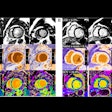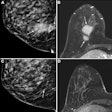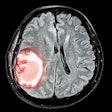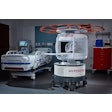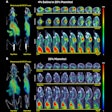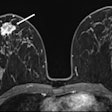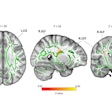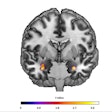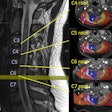Wednesday, November 30 | 10:40 a.m.-10:50 a.m. | SSK15-02 | Room N229
This Wednesday morning session will address how routine MRI scans could help solve one of neuro-oncology's biggest challenges: distinguishing radiation necrosis from tumor recurrence on follow-up scans.The key is the use of computer-extracted texture descriptors to tell the difference between the post-treatment results. Currently, there is no reliable way to radiographically tell the difference between the two conditions, according to the researchers.
Their study evaluated 3-tesla MRI scans of 18 patients with radiation necrosis and 29 patients with tumor recurrence. The subjects underwent imaging protocols that included T1-weighted, T2-weighted, and fluid-attenuated inversion recovery (FLAIR) sequences nine months after surgery.
Two board-certified neuroradiologists independently read the same MRI scans to determine the presence of radiation necrosis or tumor recurrence on all 47 studies. They were blinded to the pathology reports at the time of MRI interpretation. The pair rated each image on a scale of 0.5 to 1 (in increments of 0.1) based on their confidence in making the diagnosis of either radiation necrosis or tumor recurrence. A score of 0.5 indicated an unclear diagnosis, while 1 indicated complete confidence in their ruling. The neuroradiologists' interpretations were compared with pathologic findings, which served as the gold standard.
The researchers also utilized a set of 135 descriptors of lesions taken from each MRI protocol to help distinguish between radiation necrosis and tumor recurrence.
On a training set of 32 MR images, the descriptors achieved an accuracy of 75%, compared with 62% and 55%, respectively, for the human readers. On a test set of 15 MR images, the descriptors reached an accuracy of 91% for identifying tumor recurrence, compared with accuracies of 42% and 50%, respectively, for the neuroradiologists.
In fact, the two readers reached a consensus with correct classification of the images in 18 (32%) of the 47 studies.
"Our results demonstrate that computer-extracted texture descriptors may capture subtle morphometric differences between tumor recurrence and radiation necrosis on routine MRI that are not readily appreciable to neuroradiologists," the group wrote.
The researchers also recommended a multi-institutional, multireader study to validate the results.


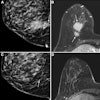
.fFmgij6Hin.png?auto=compress%2Cformat&fit=crop&h=100&q=70&w=100)



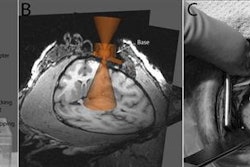
.fFmgij6Hin.png?auto=compress%2Cformat&fit=crop&h=167&q=70&w=250)
